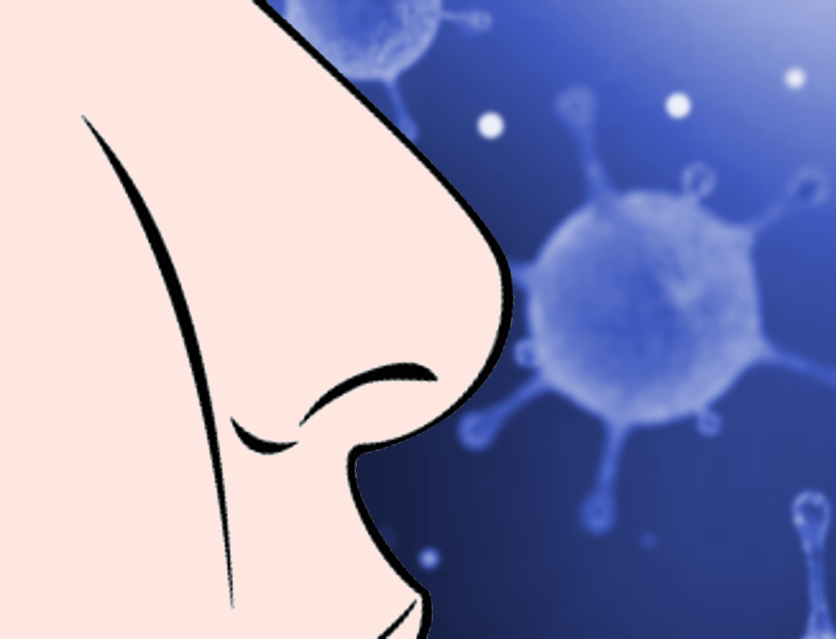The coronavirus SARS-CoV-2 causes the current outbreak of the respiratory disease COVID-19. Coronaviruses such as this one have glycoprotein “spikes” on their surface. These spikes help SARS-CoV-2 enter host cells by binding to a receptor on the surface of the host cells’ membrane—the angiotensin-converting enzyme 2 (ACE2). In addition to ACE2, the enzyme TMPRSS2 (transmembrane protease serine 2) may also play an important role in SARS-CoV-2 entering cells.
Waradon Sungnak, Wellcome Sanger Institute, Cambridge, UK, and colleagues have investigated the gene expression of ACE2 and TMPRSS2 in different human tissues to find out which types of cells the virus can target. This could have implications for the treatment and prevention of COVID-19. The team used single-cell RNA (scRNA-seq) sequencing results from healthy human subjects, which were generated by the Human Cell Atlas consortium. The investigation included tissues, e.g., from the respiratory system, the eyes, and the gastrointestinal system.
The team found that ACE2 was expressed in low levels in multiple tissues, including in the airways, the eyes, and the gastrointestinal system, but also in the heart and kidneys. The protease TMPRSS2 was expressed in higher levels. This led the team to conclude that the less common ACE2 receptor may be the limiting factor in cell entry for the virus.
The researchers then looked more closely at cells in the airways and found that nasal epithelial cells, including so-called goblet cells and ciliated cells, showed the highest expression of ACE2 in the respiratory system. According to the team, this indicates that these cells could be important for the infection with SARS-CoV-2 and for the transmission of the virus.
- SARS-CoV-2 entry factors are highly expressed in nasal epithelial cells together with innate immune genes,
Waradon Sungnak, Ni Huang, Christophe Bécavin, Marijn Berg, Rachel Queen, Monika Litvinukova, Carlos Talavera-López, Henrike Maatz, Daniel Reichart, Fotios Sampaziotis, Kaylee B. Worlock, Masahiro Yoshida, Josephine L. Barnes, and HCA Lung Biological Network
Nat. Med. 2020.
https://doi.org/10.1038/s41591-020-0868-6
Also of Interest
- Collection: SARS-CoV-2 Virus
What we know about the new coronavirus and COVID-19 - LitCovid
Curated literature hub for tracking up-to-date scientific information about COVID-19 - Many publishers and other entities have signed a joint statement to ensure that COVID-19 research findings and data are shared rapidly and openly




